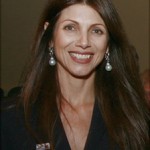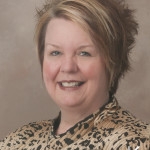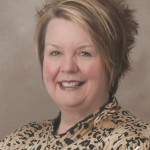
Malissa Feruzzi Shriver
Turnaround Arts and Why It Works
Posted by May 27, 2014

Malissa Feruzzi Shriver
Here is a recipe for success. Take a failing elementary school, invest time and treasure in professional development, help them develop a strategic plan; assist them in maximizing their budget with expert technical assistance. Bring in the non-profit arts providers, credentialed specialists, teaching artists, universities, the local community, and parents. To top it all off, add in a famous artist - as a mentor, as an advocate, and to bring in the media. With a potent combination of discrete arts education in all four disciplines and arts integration, this program proves that the so-called achievement gap is indeed an opportunity gap: an opportunity gap for the principals, teachers, students, and their parents - but also for their communities and for our society. As John Dewey said, what the best and wisest person wants for his child, that must we want for all the children of the community. Anything less is unlovely, and unchecked, destroys our democracy.
Read More











